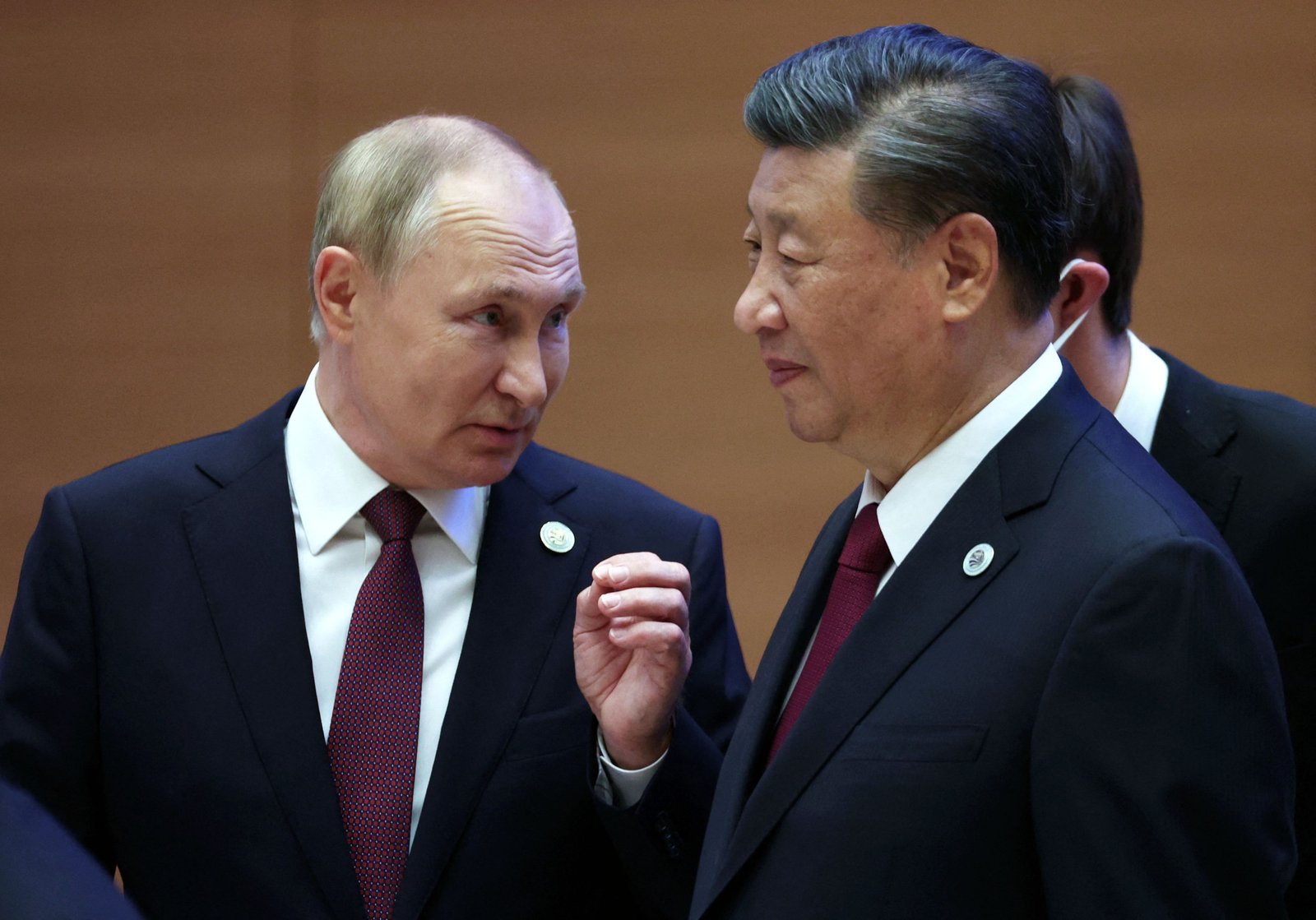The People’s Bank of China launched a lending tool to pump in more liquidity into the market and support credit flow in the banking system ahead of the expiration of trillions of yuan in loans at end of 2024
read more
China’s central bank launched a new lending tool on Monday to inject more liquidity into the market and support credit flow in the banking system ahead of the expiration of trillions of yuan in loans at the end of the year.
The People’s Bank of China said in a statement it had activated the open market outright reverse repo operations facility to “maintain a reasonable abundance of liquidity in the banking system and further enrich the central bank’s policy toolbox”.
Some 2.9 trillion yuan ($406.58 billion) in medium-term loans are due to mature between now and the end of December, which would make it harder for banks to finance investment and revive flagging growth in the world’s second-largest economy.
Despite taking effect today, the PBOC did not mention the new tool in Monday’s open market operations statement.
In a separate statement announcing the new facility, the PBOC said it would use it to trade with primary dealers in OMO on a monthly basis.
The announcement said the new tool would have a tenor of less than one year, longer than those for regular reverse repo operations, which typically have tenors of seven, 14 or 28 days, are conducted daily and normally require collateral.
The operations would help the central bank raise funds through commercial banks buying securities with the intention of selling those same assets back in the future at a profit.
Beijing is counting on massive financial stimulus announced in September to kickstart lending and investment, as a sharp property market downturn and frail consumer confidence weigh on investor confidence.
The PBOC, which has steadily reduced interest rates and injected liquidity, is under pressure to do more to ensure the economy grows at the government’s target of around 5 per cent this year.
State-owned Shanghai Securities News said in an article published shortly after the PBOC notice that the new tool would cover three- and six-month tenors and aid liquidity adjustments over the next year, citing people close to the central bank.
“The central bank’s choice to launch this new tool at this time is also expected to be a better hedge against the concentrated expiry of medium-term lending facility before the end of the year,” the article added.







